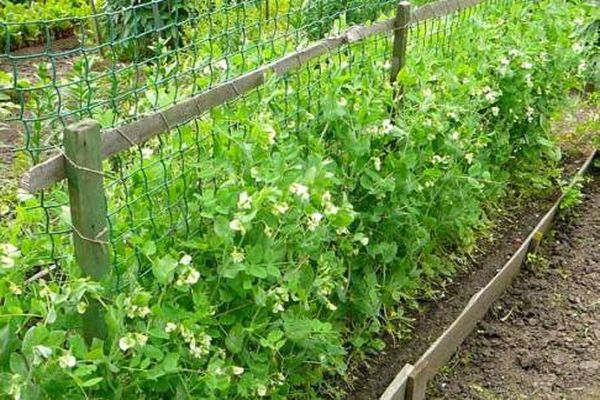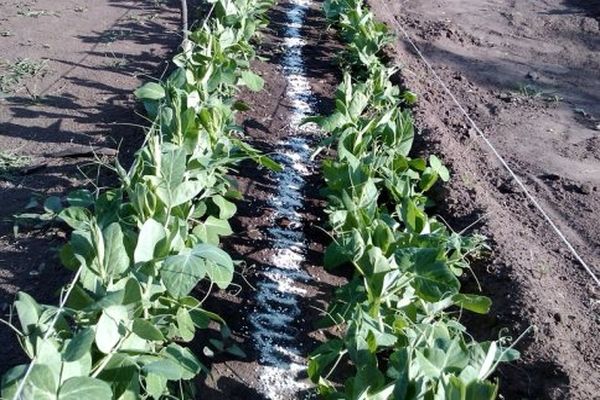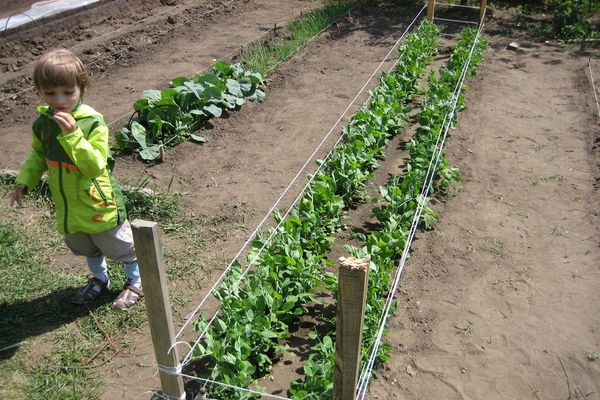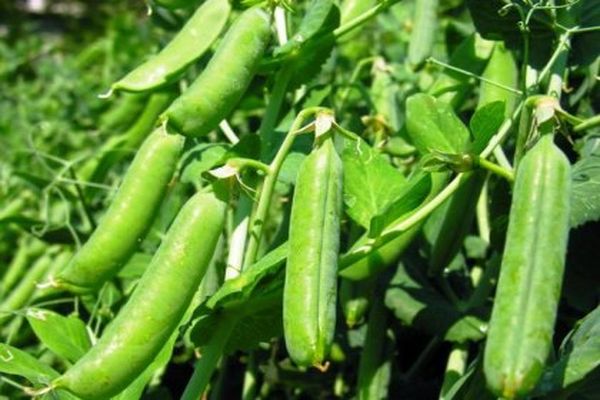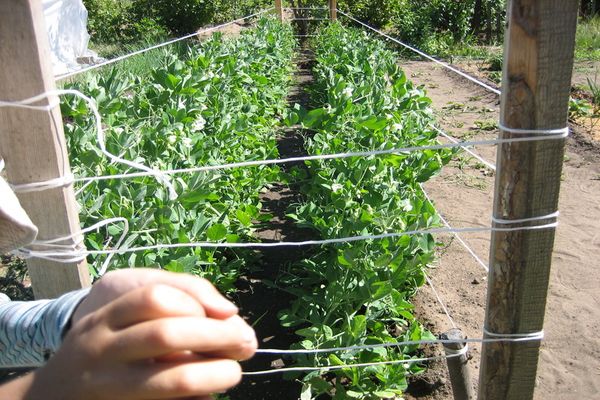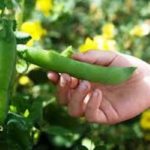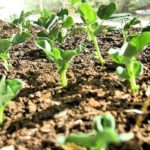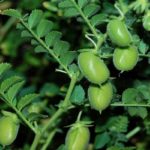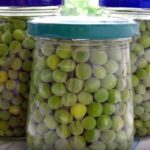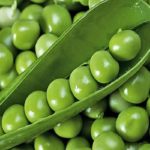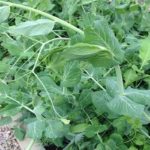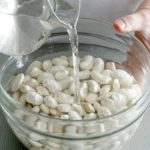The benefits of leguminous plants for human health are known. It’s good when in winter you can enjoy juicy peas, and for this you need to know how to plant and grow peas at home. It is worth using this method of cultivation even when it is not possible to cultivate a summer cottage. A green vegetable garden on a windowsill or balcony is a wonderful way to replenish your diet with fresh vitamins and beneficial microelements. There is no need to be afraid of whether you can grow peas at home. Even inexperienced gardeners can do this.
Growing pea seedlings
It is easy to grow peas on a windowsill at home, those who are involved in the agricultural technology of vegetable plants know this. First, choose those varieties that can bear fruit at home and have excellent taste. In addition, you will need containers for planting and soil suitable for legumes.
Low-growing species are successfully grown at home, such as how to grow peas these varieties are easier. They will not take up much space at home; they can be placed not only on the balcony, but also on the windows.
Begin cultivation by preparing pea seedlings:
- early ripening Sugar variety;
- the short Gribovsky;
- suitable for preservation Alpha;
- variety Zhegalova 112.
Before sowing a vegetable plant, a number of preparatory measures related to seeds and soil are carried out.
Preparing beans for sowing
To obtain healthy seedlings, it is always important to choose plants and flowers that are viable and will produce healthy fruit. Before sowing, pea beans are culled.
If the seeds are damaged or covered with mold, then it is better not to leave them for planting. The remaining beans are poured with a salt solution. Old and non-viable seeds will float, while good ones will sink to the bottom.
To disinfect, the beans need to be in a weak solution of potassium permanganate for 20–30 minutes. Boric acid is suitable for disinfection, 0.2 grams of which are dissolved in 1 liter of water. After the procedure, the peas are washed under running water and dried.
Growing peas at home requires soaking and germinating the seeds before planting. To do this, lay the beans on a damp cotton cloth and cover the top with the same piece of cloth. Sprouts will appear faster in a warm place. Within 5–6 days, with constant moisture, sugar beans will hatch.
Sowing pea beans for seedlings
How to plant peas at home: in a pot or a common box - you should think about this in advance. Both containers are acceptable, but excess moisture may accumulate in individual containers, which will negatively affect the vegetation of the vegetable plant. You should also not plant in small cups, otherwise the planted bean will have to be plucked as it grows. It is optimal to use containers for growing.
Before planting peas at home, do not forget about preparing the soil. If planted in soil taken from the garden, the plant may get sick. To destroy pathogenic microorganisms in the soil substrate, spill it with boiling water or a solution of potassium permanganate 2 weeks before planting the beans.
Time for sowing peas are chosen taking into account how many days the vegetable variety ripens. You can plant it at home at any time of the year, as the plant also bears fruit on windowsills.
Place the sprouted peas in furrows to a depth of 2 centimeters at a distance of 5-10 centimeters from each other. The beans are lightly covered with soil and the boxes are covered with film.
After 10–12 days, sprouts will appear when the vegetable is planted:
- ventilate regularly;
- moisturize as the top layer dries;
- fed with mineral fertilizers.
Most of all, vegetable seedlings need phosphorus, potassium, and nitrogen.
Picking
If peas grown in an apartment are planted densely, then picking must be done. You need to prepare a separate container for the plants; a container with individual cells will do. Now it remains:
- fill the container with nutritious and loose soil;
- make a hole in the center of the container;
- Carefully remove the plant seedling using a stick and place it in the hole;
- sprinkle with earth.
It is not recommended to immediately expose containers with transplanted plants to the sun, as the seedlings may die. After keeping them in the shade for 1–3 days, place the containers with bean sprouts on well-lit windowsills.
Plant care
When growing peas at home, a number of rules regarding the conditions of keeping and caring for the vegetable plant are followed.
Lighting plays a major role in obtaining ripe beans, since the vegetable crop is a light-loving crop.
The care and cultivation of a vegetable plant must be carried out competently, taking into account the peculiarities of the development of the crop and the timing of its ripening. Do not forget about moistening the soil and applying fertilizers. The plant loves soil that is well permeable to water and air, so after watering it is necessary to loosen the soil in the container. And it is better to remove seedlings susceptible to the disease immediately so that the infection does not spread to healthy specimens.
Lighting
A legume plant needs a lot of light. When there is enough of it in the summer, you need to think about how to grow peas at home in the winter, when daylight hours are short. Shade-grown peas will be pale and tasteless. And there will be no juiciness in the beans.
Therefore, to create a 12-hour daylight hours, fluorescent lamps or special phytolamps are placed above the legume plantings. Lighting fixtures are placed above containers with vegetable sprouts, maintaining a distance of 50 centimeters.
Watering peas
Beans require regular watering to keep them juicy. The soil must be well moistened, otherwise the plant will begin to dry out and the fruits will not set well.
In order for growing peas at home to be successful, moderate watering is used for cultivating vegetables as the top layer of soil dries.
You can determine the condition of the soil with your fingers. If the soil feels dry, moisten it with water at room temperature. It is not recommended to take tap water for irrigation. If it is hard, it will cause a white coating to appear on the ground of the container. Settled and filtered water is suitable for watering seedlings. After moistening the soil, loosening is carried out to create conditions for air to penetrate into the ground.
Support
The stem of legume plants is climbing, so without support it will fall and intertwine with neighboring plants. Sprouts that have grown to 10–15 centimeters require support. A mini-trellis is prepared on the windowsills by driving pegs along the edges of the container and stretching strong threads between them in 3-5 rows.
Cultivating the plant on a loggia or balcony will allow you to stretch the net over the legume plantings, which will give the direction of growth. The cultivation will be successful, and you will be able to enjoy peas to your heart's content, collecting peas from the stems on the supports.
Feeding peas
When the plant is planted in nutritious soil, the legumes need to be fed only before flowering. Every 2 weeks, water the container with peas with a nutrient solution. Fertilization of the land is carried out with complexes containing phosphorus and potassium. Less nitrogen is needed, because the element affects the increase in green mass, and not fruiting.
It is best to take 10–15 grams of superphosphate, the same amount of potassium salt and dilute it in 10 liters of water. This solution will saturate the plants with the elements necessary for flowering and the formation of peas in the pod.
Many gardeners use biogrowth stimulants such as HB-101 when growing peas at home. Feed legume plantings with the drug once a week. The growing season of vegetable crops proceeds faster. You can use the products as a foliar additive by spraying the solution on the leaves of a vegetable plant.
Harvesting
Depending on the selected variety, peas reach ripeness on the windows:
- early sugar after 55-65 days for using blades, for seeds - 90-100;
- peeling types - Maisky, Pobeditel, for preparing a canned product - 45–60 days, for grain - 75–85 days.
As soon as the blades begin to ripen, they are collected. Then the remaining pods will be filled with juicy peas faster.
When harvesting, do not pull the stems too hard to avoid damaging the plant. Holding the shoots, carefully remove the green blades. The harvest can be harvested within 2 months.
Reviews about growing peas at home
Many people are hesitant about growing peas on windowsills, especially in winter. How to grow peas at home, when there is so little light, and it’s not always warm in city apartments. But innovators are successfully cultivating vegetables not only on the balcony, but also on windows in the winter.
Sergey, Novosibirsk:
“Our family does not have the opportunity to keep a dacha. We decided to set up a mini-garden on the windowsill, since our windowsills are wide and well-lit. The first year of growing peas was not a success. But we didn't give up. They treated the planting correctly and enjoyed fresh peas in winter. The children were especially happy.”
Natalia, Moscow:
“In winter there are so few vitamins. And so I decided to organize a vegetable garden on a warm balcony. I started with dill and onions. And then I switched to legumes.It was difficult at the beginning, not all the seeds sprouted, and the plants developed poorly. But then I got used to it and bought phytolamps. And peas don’t need any special care. Water and loosen the soil. And now I’ve been collecting scoops of fresh vitamins all winter. Although, of course, the harvest is not very large, it is enough to feel the taste of summer in winter.”


